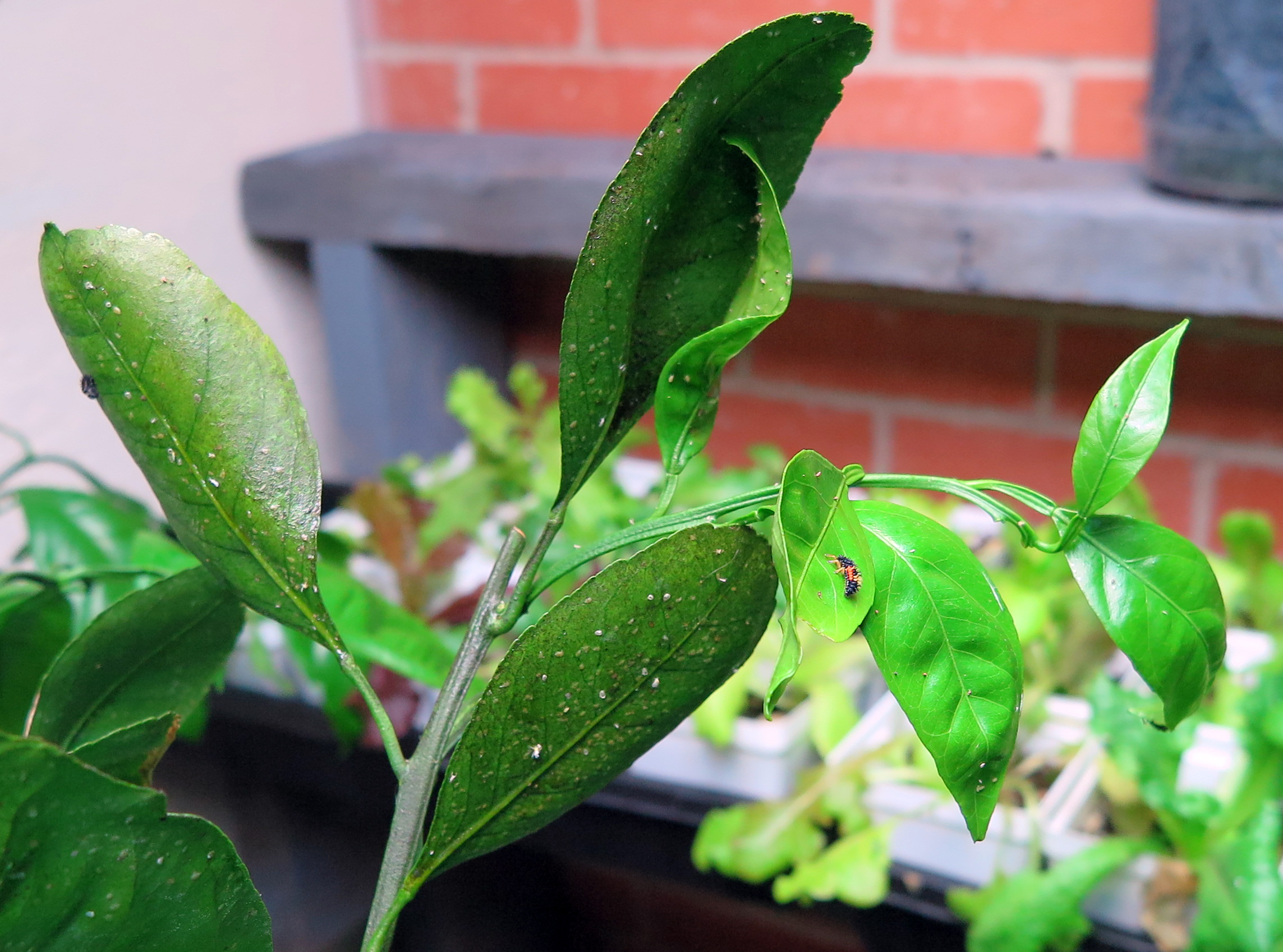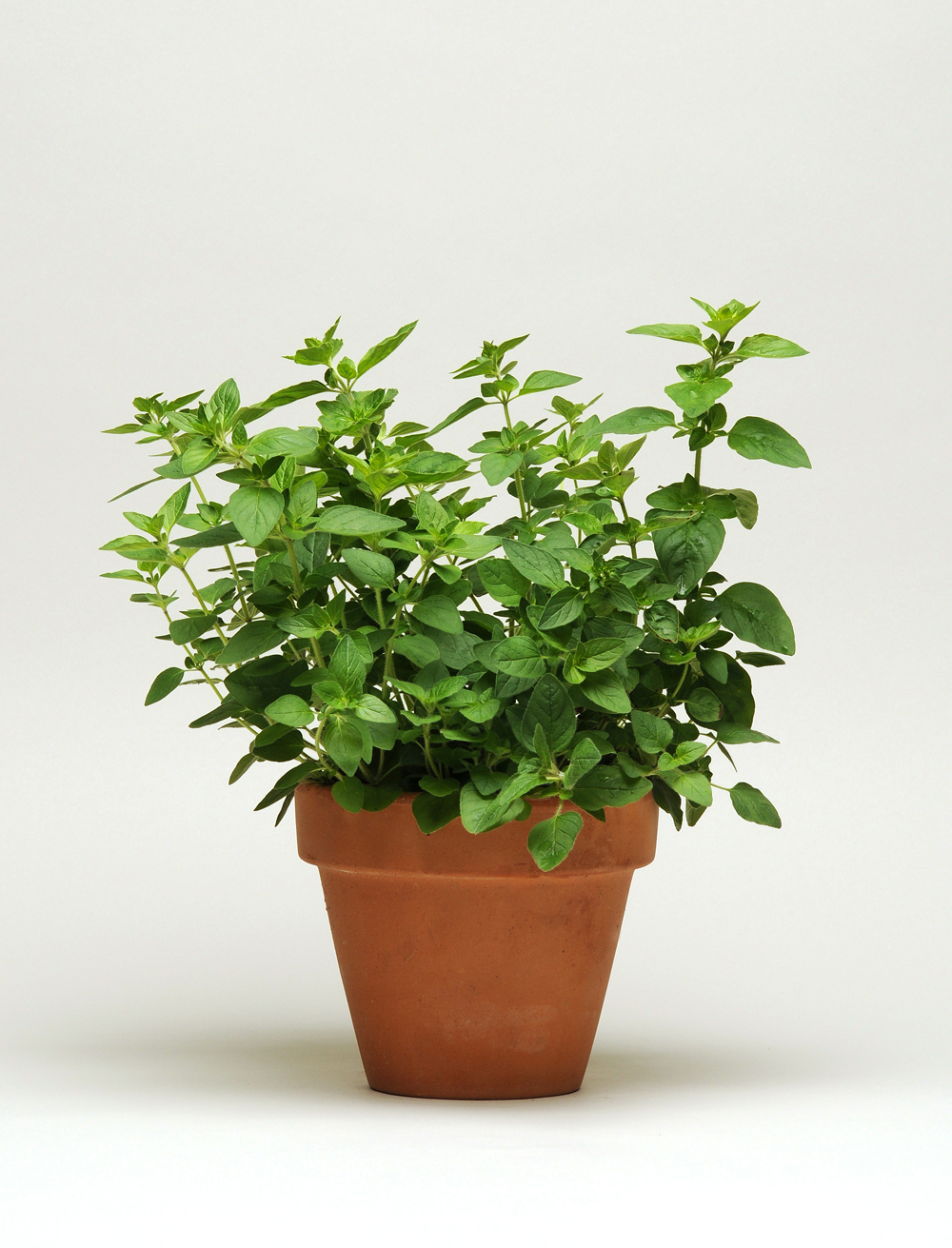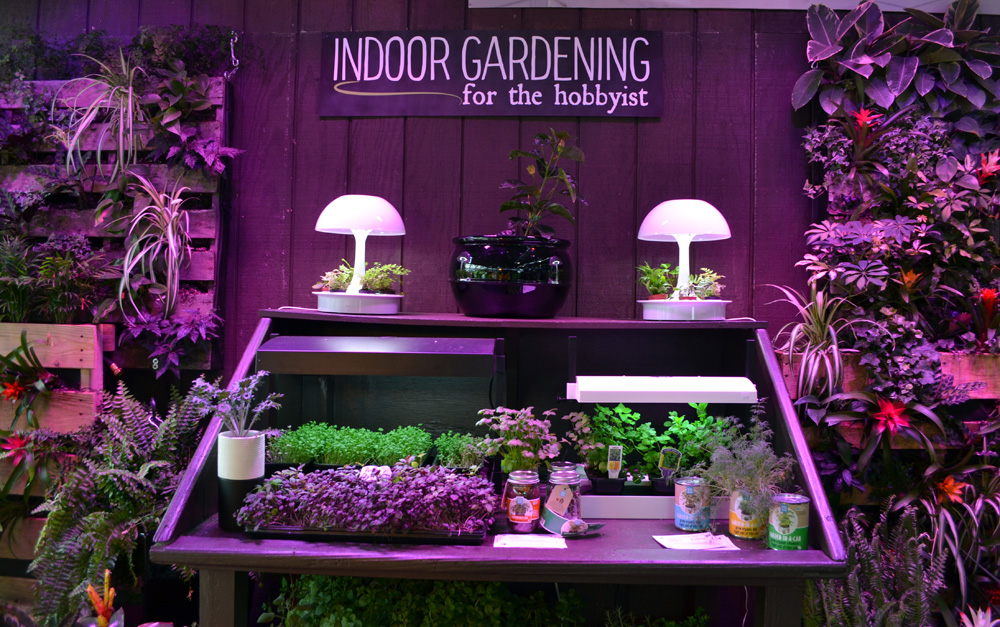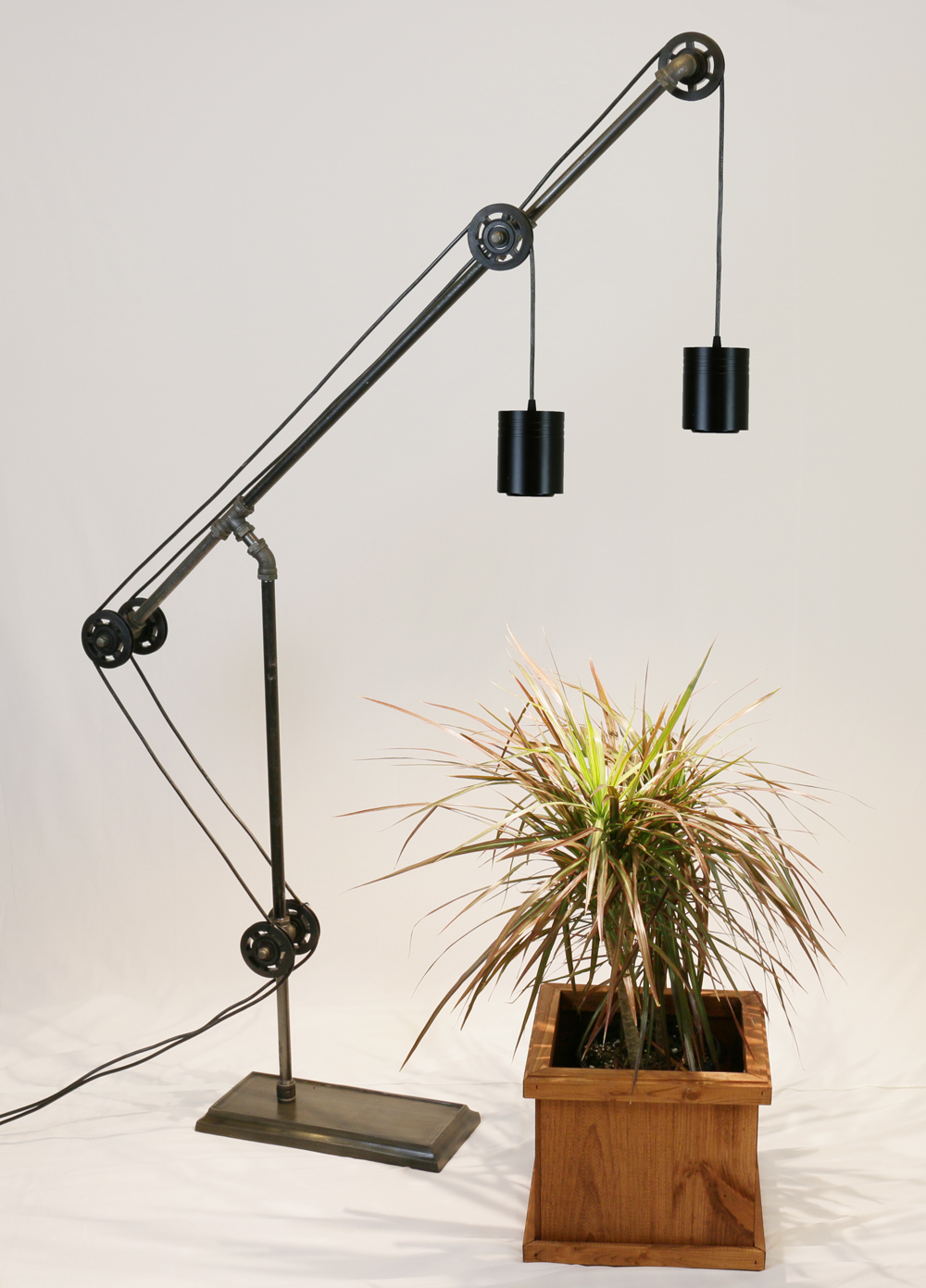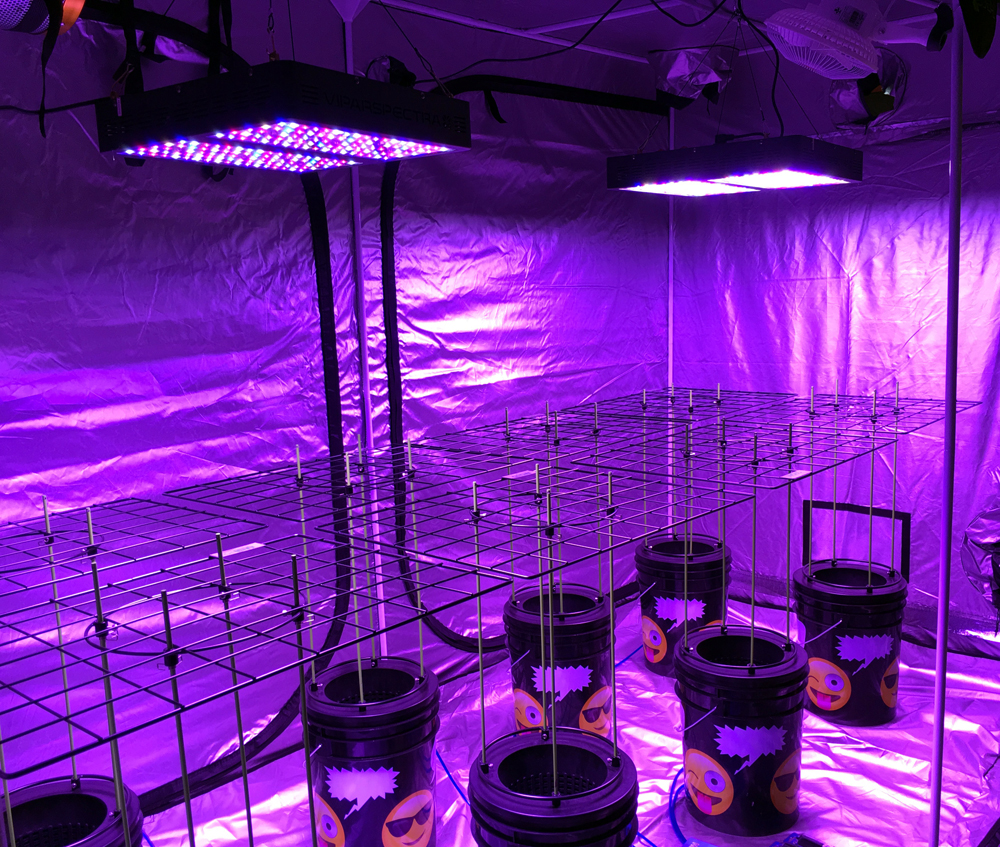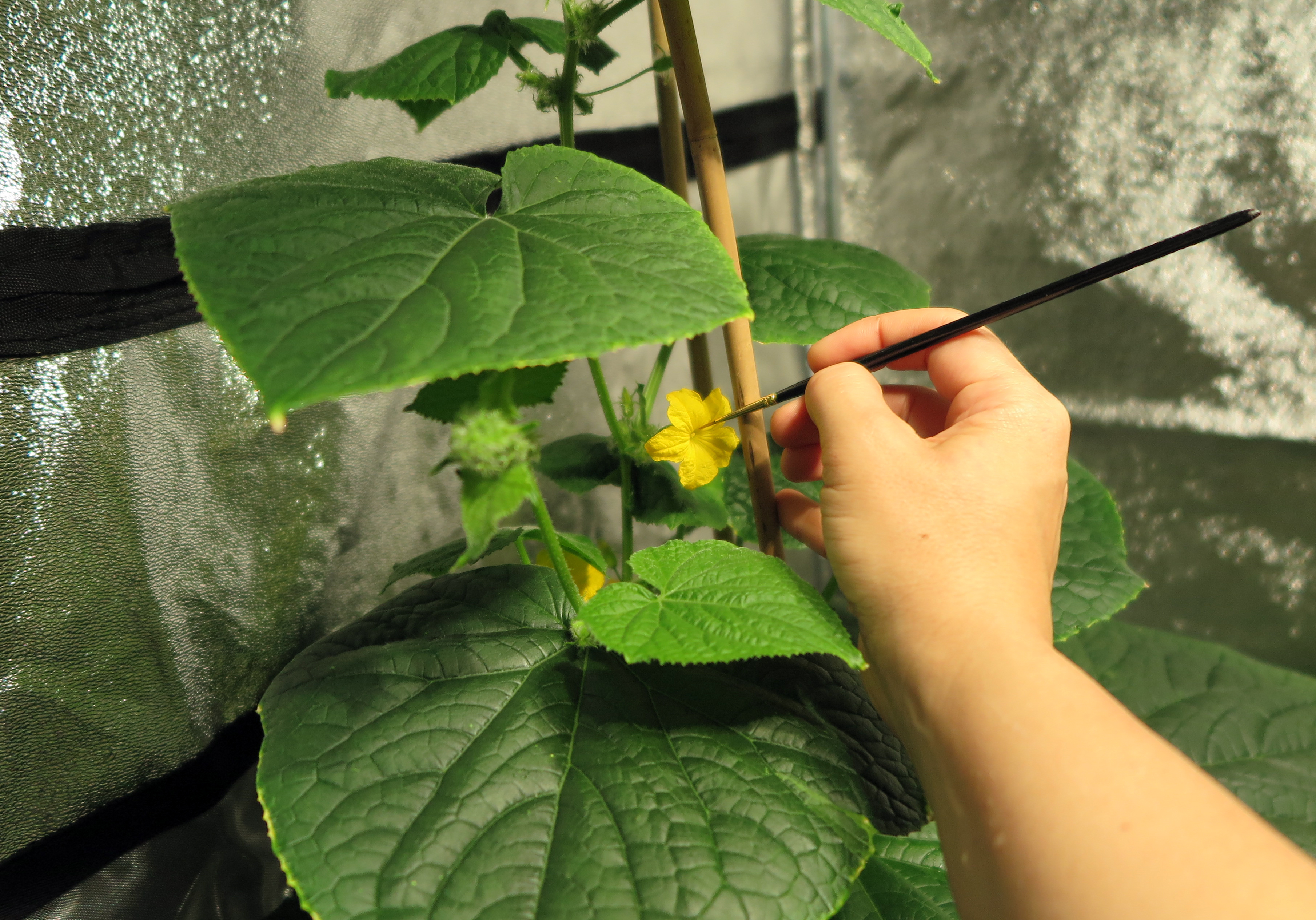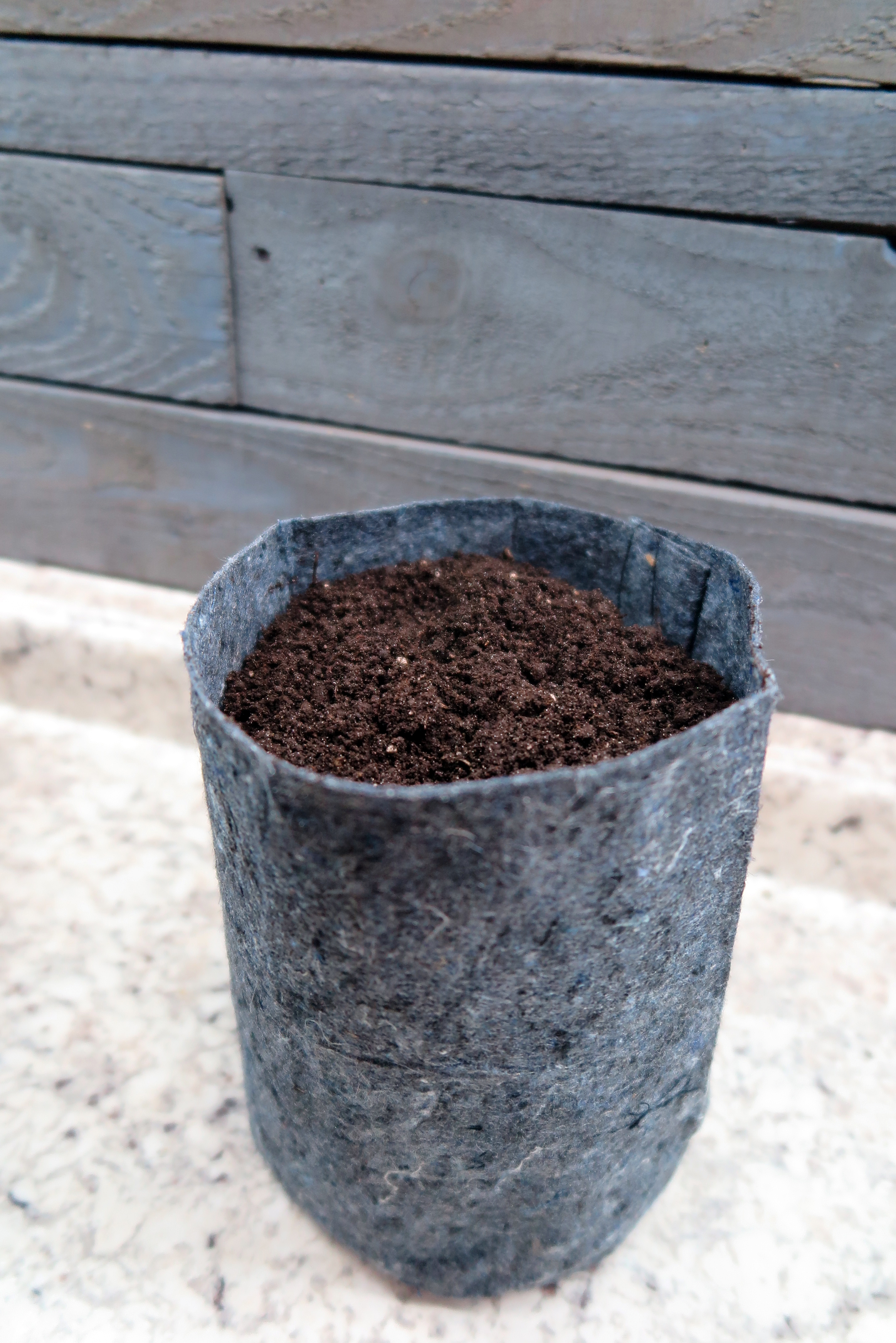If you grow orchids under lights indoors, you might be wondering how to get watering just right. While each type of orchid prefers slightly different watering levels, and can have different seasonal water needs, generally speaking your goal is to saturate all of the growing media around the plant's roots as well as provide increased oxygen to the root zone.
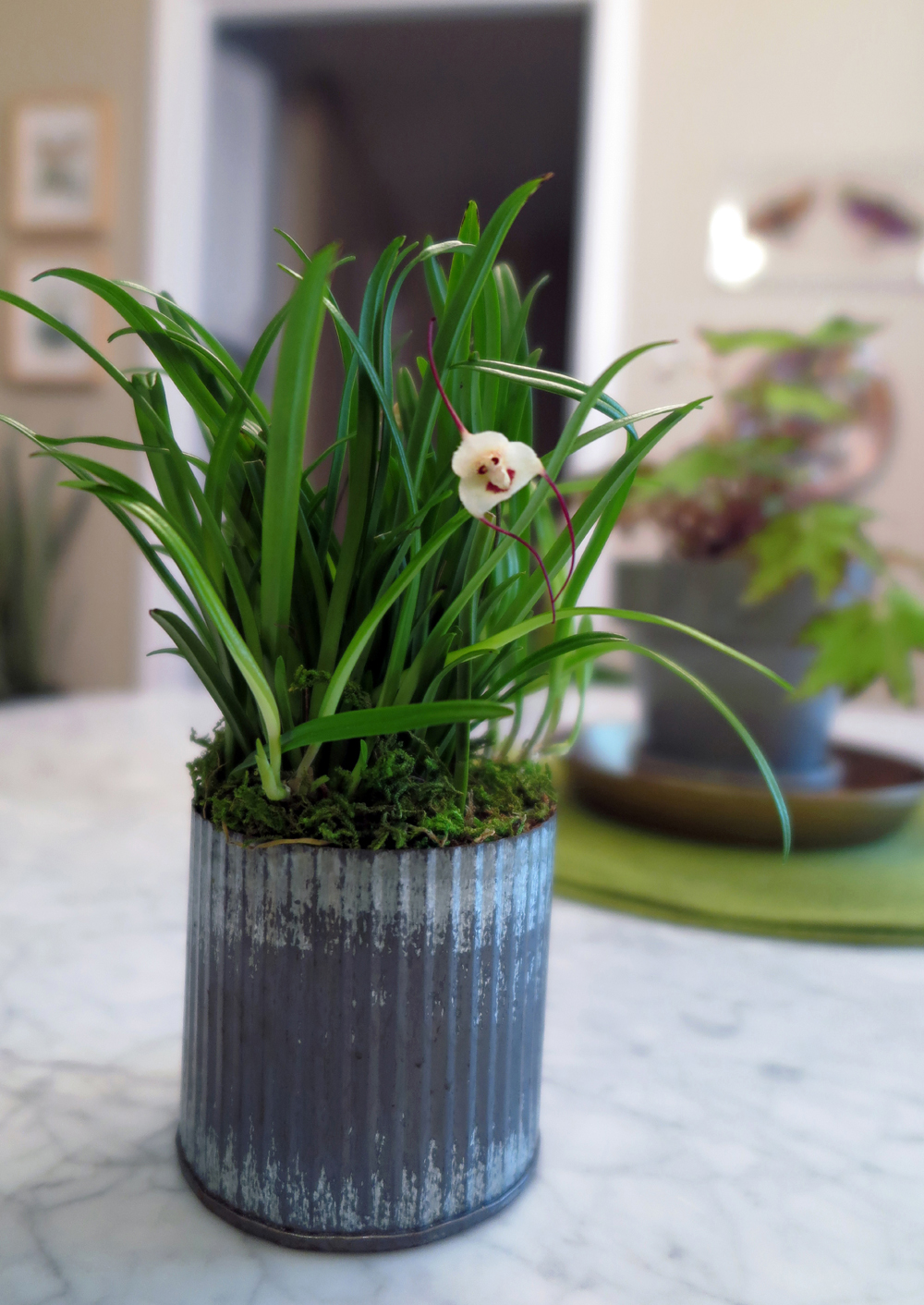
Dracula orchids should never be allowed to dry out.
Basic rule of thumb? Water common orchids once per week with tepid water. It is best to run water slowly over pot and roots for several minutes. Make sure you don't let pots sit in water that has collected in a tray. By using running water, you'll also deliver more oxygen to the roots.
Some orchid species, such as the cute little Dracula sp. in the photo need to stay consistently moist ALL the time. Other orchid species need to dry a bit between waterings.
Orchids also need a good fertilizer regimen. But how you fertilize, and when you fertilize, also depends on the species of orchid. Be sure to research your orchid species for ideal timing and rates of an orchid fertilizer.
What about ice for watering orchids? I'm not a fan and I don't do it. Why? Many mass commercially produced orchids, such as moth orchids (Phalaenopsis), are grown in heavily packed sphagnum moss in solid plastic pots. This is not ideal for long-term growth for such epiphytic orchids - they'd be happier transplanted into a looser orchid medium with more air around their aerial roots. BUT, when you grow them in a more aerated environment with a loose orchid bark you do have to be more attentive to the weekly watering schedule and make sure you adequately moisten the bark, without standing water. So, watering orchids with ice is regularly marketed to consumers as an easier way to keep orchids planted in heavy moss watered in a way that doesn't cause excess water to build up in those non-porous containers. Make sense?
While some recently published research didn't find direct detrimental effects from using ice, I have on a number of occasions observed orchids in bloom, or developing flower buds, suddenly drop flowers and buds after being shocked with ice cubes. Probably because the plants may have been a bit stressed already, or weren't getting regular moisture consistently (or enough light) - there are many factors. That's anecdotal, but it's my observation.
My translation: When your orchids are potted improperly ice can be a way to maintain them...if you want to pot your orchids properly, a traditional watering method is better- in my horticultural opinion.
Get my BOOK! Gardening Under Lights: The Complete Guide for Indoor Growers
